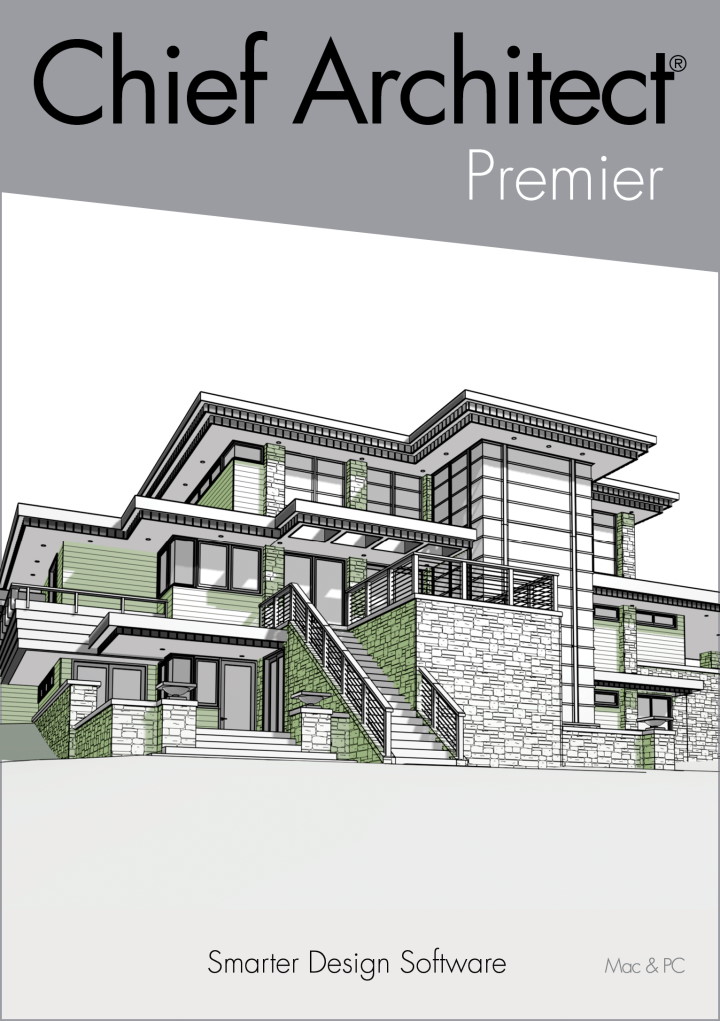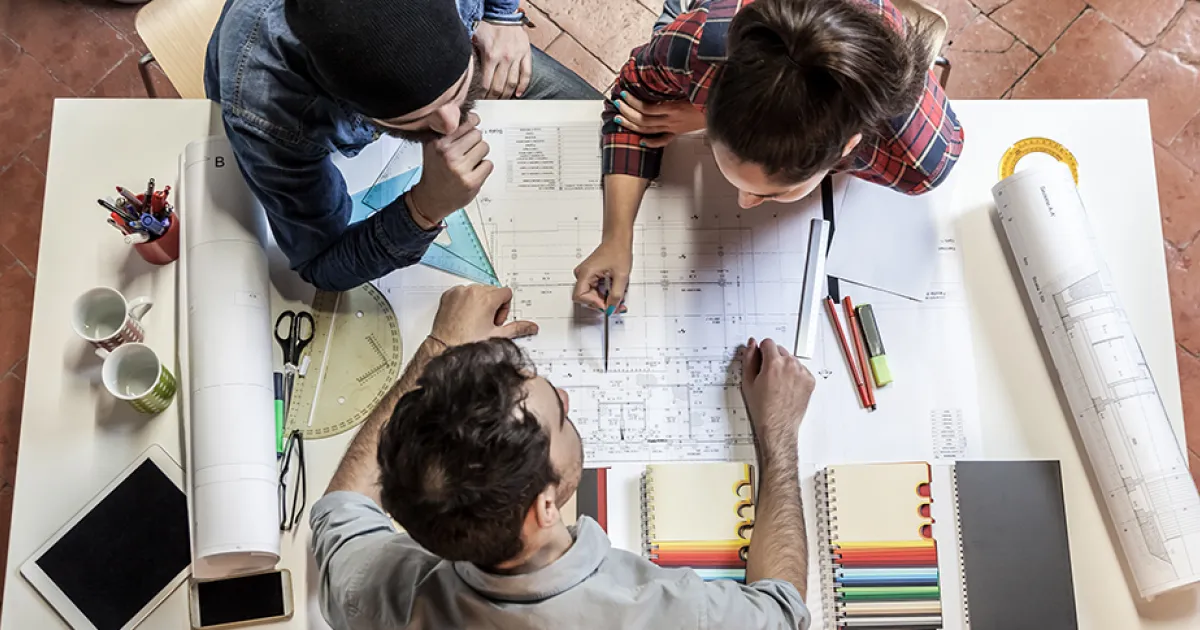Understanding the Diverse Profession Paths Available for Aspiring Architect
As an aspiring Architect, you have a globe of career courses waiting for you. Whether you're attracted to traditional design or the subtleties of lasting design, there's a specific niche that straightens with your interests.
Standard Style: Designing Frameworks and structures
Standard design focuses on creating buildings and structures that mix performance with aesthetic charm. Your designs can reflect cultural heritage, showcasing local traditions while fulfilling modern demands.
You'll create abilities in preparing, model-making, and site evaluation, allowing you to visualize and connect your concepts properly. Engaging with clients, you'll need to recognize their vision and equate it into possible styles.
In addition, building codes and sustainability techniques are important in your work, guaranteeing your structures are ecologically friendly and secure. As you grow in your career, you'll find opportunities in residential, business, and even restoration tasks, each offering special difficulties. Embracing standard architecture leads the method for a fulfilling occupation that pays homage to the past while forming the future.
Urban Planning: Forming Neighborhoods and Public Spaces
As an aspiring Architect, you can play an important role as a city planner, changing how neighborhoods engage and operate. By utilizing neighborhood interaction approaches, you'll ensure that residents have a voice in shaping their atmosphere. Plus, integrating sustainable design principles will certainly help develop spaces that not just meet today's demands but also secure the future.
Role of Urban Planners
While numerous may believe of designers as the sole visionaries behind structures, urban planners play a necessary function in shaping the wider landscape of areas and public rooms. By working together with different stakeholders, you'll assist create parks, transport systems, and domestic areas that advertise social communication and accessibility. Your knowledge in spatial design and community characteristics permits you to picture future development while maintaining cultural heritage.
Area Involvement Methods
Reliable neighborhood engagement methods are crucial for city organizers to assure that the voices of homeowners are listened to and valued in the planning process. To cultivate meaningful dialogue, you must focus on open discussion forums and workshops where community members can reveal their concepts and problems. By proactively integrating and listening comments, you'll produce areas that reflect the community's needs, ultimately leading to more successful and sustainable city environments.
Lasting Style Concepts
When making metropolitan areas, incorporating sustainable design concepts is critical for producing environments that grow both environmentally and socially. Consider incorporating eco-friendly rooms, like yards and parks, to improve biodiversity and improve air top quality.
Designing with water preservation in mind is likewise essential-- think of rainfall yards and permeable surfaces to manage stormwater. Involving neighborhood participants during the preparation process warranties that the areas you develop satisfy their requirements and encourage social interaction. By welcoming these principles, you'll add to lively, lasting metropolitan landscapes that profit every person.

Landscape Design: Creating Lasting Exterior Settings
As you discover landscape style, you'll find essential design principles that develop useful and gorgeous outside areas. Lasting methods play a crucial role in making certain these atmospheres thrive while lessening ecological influence. And also, you'll find a selection of career possibilities that enable you to make a real difference in exactly how individuals communicate with nature.
Style Principles in Landscape
Recognizing layout principles in landscape architecture is necessary for creating sustainable exterior atmospheres that harmonize with nature. You'll need to contemplate components like balance, proportion, and range to ensure your designs feel natural and inviting. Including native plants not only improves biodiversity yet also lowers water use, making your landscape resistant. Consider the circulation of area and how people engage with it; paths and seating locations need to invite exploration and relaxation. Furthermore, pay focus to seasonal adjustments, creating with materials that match the environments year-round (Architect). By focusing on sustainability and aesthetic appeals, you can create outside rooms that improve the community and promote health. Embracing these principles will set a strong foundation for your occupation in landscape style.
Lasting Practices Introduction
Lasting practices in landscape design not just focus on aesthetic appeals yet also prioritize environmental wellness and resource conservation. You can create rooms that promote dirt wellness, such as utilizing natural products and exercising permaculture principles. Ultimately, these practices ensure your layouts profit both people and the environment for years to come.
Profession Opportunities Exploration
With a solid foundation in sustainable practices, landscape architecture provides a variety of occupation courses that permit you to make a meaningful influence on the environment. You could work as a landscape developer, producing visually pleasing and practical outside areas, or focus on environmental reconstruction, aiding to revitalize broken ecological communities. Urban planners frequently collaborate with landscape architects to create environment-friendly rooms in urban setups, boosting city livability. If you're enthusiastic regarding education, consider becoming a landscape architecture instructor, motivating future generations. Furthermore, you might deal with nonprofits focused on ecological sustainability or take part in research to introduce new techniques. Each course not only forms beautiful environments but additionally promotes a healthier earth for future generations.
Sustainable Style: Concentrating On Eco-Friendly Practices
As you explore your career in architecture, accepting eco-friendly techniques can set you apart in an affordable area. Lasting style concentrates on developing Source buildings that minimize environmental effect while improving passenger well-being. By integrating eco-friendly materials, energy-efficient systems, and lasting building strategies, you'll add to a greener future.
Start by acquiring knowledge of eco-friendly accreditations like LEED or BREEAM, which can bolster your qualifications. Think about exactly how natural light, ventilation, and thermal effectiveness can maximize design. Work together with engineers and ecological professionals to introduce remedies that decrease waste and conserve resources.
Don't fail to remember the importance of community involvement-- interesting regional stakeholders can influence designs that harmonize with the setting. As customers progressively prioritize sustainability, your competence in environmentally friendly techniques will not only attract jobs but likewise satisfy your enthusiasm for responsible design. Accept this crucial aspect of the career, and enjoy your career flourish.
Historic Conservation: Protecting and Recovering Social Heritage
While you begin on your architectural journey, consider the vital function of historic conservation in keeping our social heritage. This area concentrates on the security and remediation of substantial structures, sites, and frameworks that tell the stories of our past. By taking part in historical conservation, you'll help safeguard the architectural heritage that shapes area identification.
As a historic preservation Architect, you'll examine historic significance and examine the condition of structures. You'll work very closely with chroniclers and preservationists to assure authentic repair techniques are utilized. This occupation course permits you to mix creativity with research study, allowing you to make services that respect initial products and craftsmanship.
Your job not only adds to sustainability by reusing existing buildings yet also fosters a feeling of pride within areas. Welcoming this path will aid you come to be a guardian of background, maintaining the stories and aesthetic appeals that enhance our lives.
Inside Style: Enhancing Indoor Spaces
Historical conservation and indoor design both share a dedication to improving the built environment, but they concentrate on various facets. While historic preservation emphasizes maintaining a framework's historical and cultural worth, indoor style zeroes in on optimizing indoor areas for capability and looks.
As an ambitious Architect, you'll discover that indoor style permits you to mix creativity with technical abilities. You'll make spaces that not only look good but also promote convenience and performance. This area entails recognizing just how light, shade, and materials engage within an area, impacting mood and functionality.
You'll work with different jobs, from household homes to business workplaces, making sure that each atmosphere satisfies the requirements of its residents. By prioritizing user experience, you can change interiors right into motivating and practical rooms, making a significant impact on just how individuals connect with their environments. Welcome the possibility to improve indoor environments and form the means people live and work.
Industrial Design: Combining Functionality With Looks
Industrial design plays an important duty in developing items that flawlessly mix aesthetic appeals with functionality, ensuring that what you make use of everyday is not only aesthetically attractive but additionally functional. As an aspiring Architect, you can immerse on your own in this field, concentrating on creating whatever from furniture to customer electronics. Your work involves comprehending individual needs, products, and making processes, permitting you to produce innovative remedies that enhance day-to-day experiences.
In industrial style, you'll frequently collaborate with online marketers, engineers, and suppliers, making sure that your layouts are not only lovely but also practical. You'll find out to stabilize form and feature, prioritizing usability without compromising design. By developing your abilities in sketching, 3D modeling, and prototyping, you'll be fully equipped to go to the website bring your ideas to life. This job course provides a vibrant environment where creative thinking fulfills usefulness, making it a fulfilling choice for designers thinking about forming the items of tomorrow.
Often Asked Questions
What Educational Certifications Do I Required to Come To Be a Designer?
To become an engineer, you'll need a professional level in style, typically a Bachelor's or Master's. Furthermore, you'll need to complete a teaching fellowship and pass the Architect Registration Examination to exercise lawfully.
Exist Certification Demands for Various Architectural Career Paths?
Yes, there're qualification needs for various building paths. Architect. You'll require to pass exams, full internships, and often pursue specialized training, relying on your chosen emphasis, like landscape architecture, metropolitan layout, or historical preservation
What Software Program Skills Are Necessary for Designers Today?

Just How Can I Gain Practical Experience While Researching Design?
You can gain sensible experience by interning at architectural companies, taking part in design competitors, offering for community jobs, or collaborating with classmates on real-world projects. These possibilities improve your skills and develop valuable connections in the sector.
What Job Opportunities Exist Outdoors Conventional Style Firms?
You can explore numerous work chances outside typical architecture firms, like metropolitan preparation, interior decoration, landscape style, construction administration, property growth, and even functions in sustainability consulting. Each deals distinct obstacles and incentives.
Whether you're attracted to conventional style or the subtleties of sustainable design, there's a specific niche that aligns with your rate of interests.When creating city spaces, integrating sustainable style principles is vital for creating environments that flourish both ecologically and socially.As you discover landscape architecture, you'll find necessary style concepts that produce functional and beautiful exterior spaces.Comprehending style concepts in landscape design is crucial for developing sustainable outside atmospheres that balance with nature.In industrial style, you'll typically work together with engineers, marketing professionals, and suppliers, guaranteeing that your designs are not just lovely yet likewise feasible.
Comments on “Architect Design Movements to Track in the Coming Season”